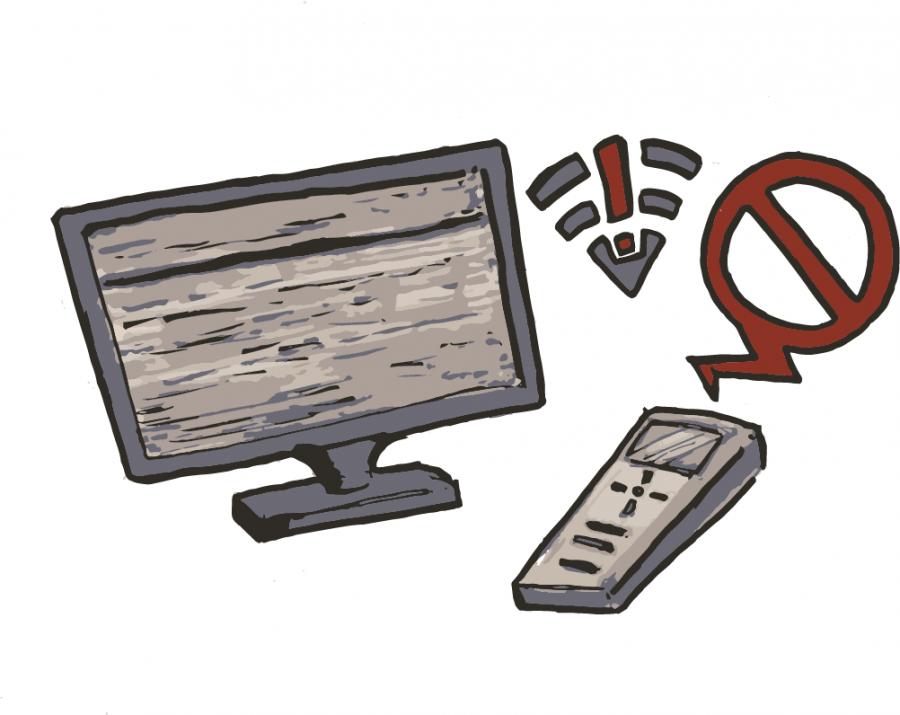UT spends hundreds of millions of dollars on new technologies, yet students continue to feel the pinch of bandwidth caps, slowed connections and network fees. It’s time to rethink our priorities.
For starters, the weekly bandwidth limit for off-campus undergraduate students – a single gigabyte – is simply too low. It’s easy to smash that limit by accessing educational resources like videos and electronic textbooks. Indeed, 52 percent of students do so each week, so paying fees to increase your cap is almost mandatory.
UT has not announced plans to roll out the next version of the Internet – called IPv6 – that is being phased in by Internet service providers around the world. In other words, students at a top school for computer science have no access to a technology many Comcast subscribers do.
Much of our Wi-Fi woes are merely the result of a tight budget for Information Technology Services. For example, UT’s IT budget advisory commissions recommends increasing the free bandwidth limit by 500 percent. A big obstacle? “Very tight financial constraints.”
However, ITS has had trouble keeping track of the money it has. As the Statesman reported, a major accounting oversight led the department to spend much more money than it was actually allocated. By August, ITS had racked up an annual deficit of $15 million.
That’s a lot of money that disappeared down the drain.
We deserve a thorough explanation for these mishaps, and the university should prioritize initiatives like lifting bandwidth limits that will directly benefit students. But if it’s not feasible to increase or shift ITS’s budget, then perhaps we need to take a broader look at technology spending at UT.
In 2012, UT, flush with a block grant of oil money, established the Institute for Transformational Learning with a lofty goal: to act as a kind of higher education startup for new and innovative technology. Since then, the Institute’s funding has totaled almost $100 million.
One of the Institute’s first major projects was the MOOC (Massively Open Online Course), which should have dramatically expanded the university’s reach through affordable online learning. But as the Texan opined back in 2014, the MOOCs turned out to be expensive boondoggles. They cost tens of millions of dollars to run – with no clear path to producing any revenue – and completion rates stood at an anemic 1-13 percent.
More recently, the Institute has been working on TEx (Total Educational Experience), a “data-first” digital learning platform that resembles Canvas and Blackboard. But the first version of the new app – which also cost millions of dollars to develop – failed a pilot test at UT Rio Grande Valley last spring. The Institute continues work on TEx 2.0 and expects to launch it next fall.
Maybe some of the money spent on these white elephants could have gone toward reducing Wi-Fi fees or implementing IPv6.
Our technology spending is understandable. As a top-tier university, UT needs to be at the forefront of the digital revolution, and we can’t rely on Cold War-era computer systems forever. But we’re leaving our campus network to rot, and students are noticing.
So clearly, it’s time for some disruption.
Young is a computer science senior from Bakersfield, California.





















